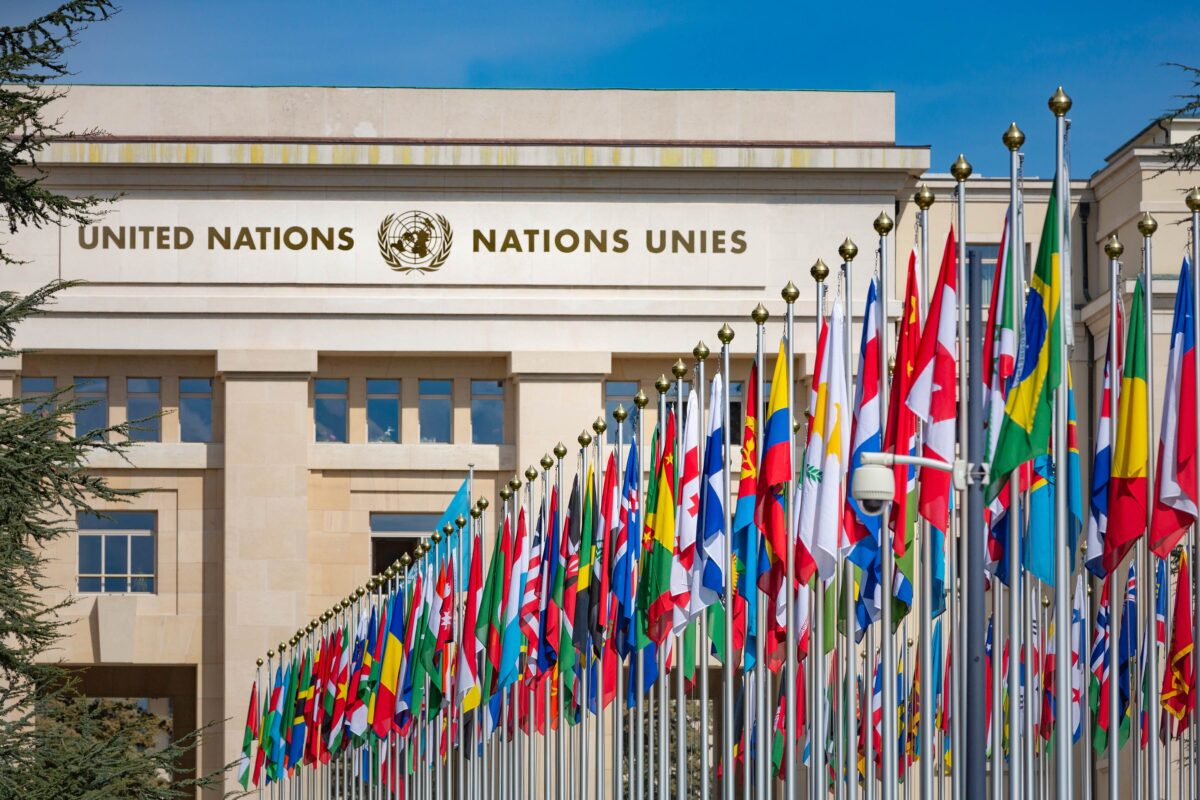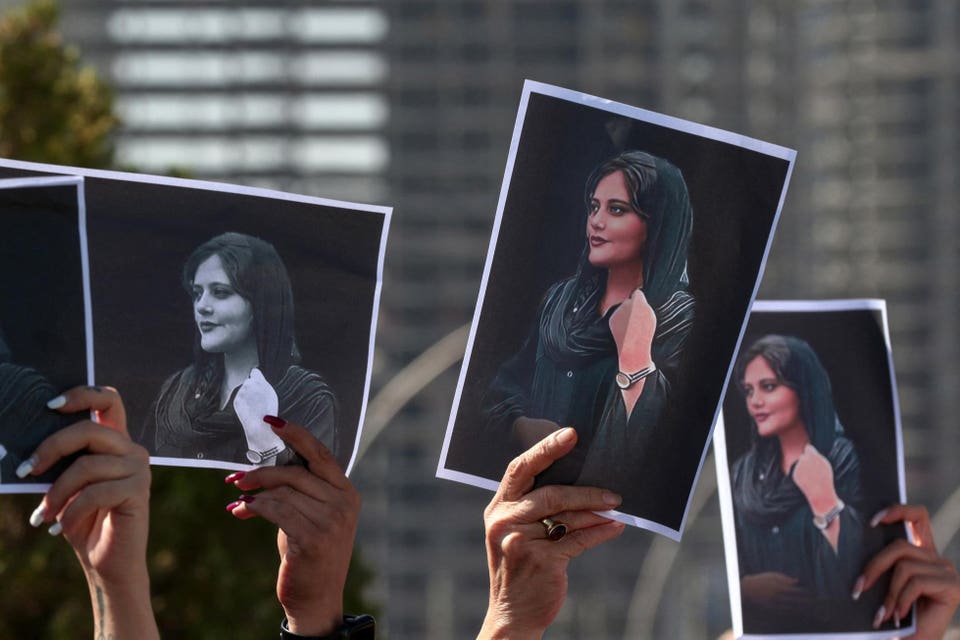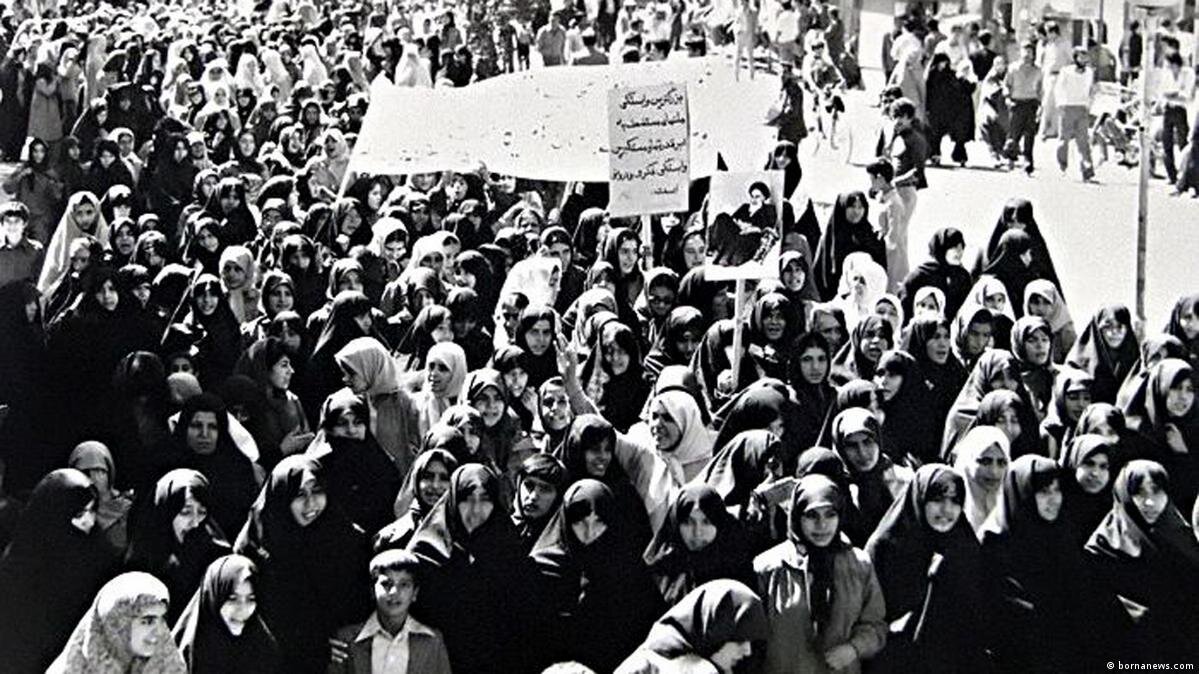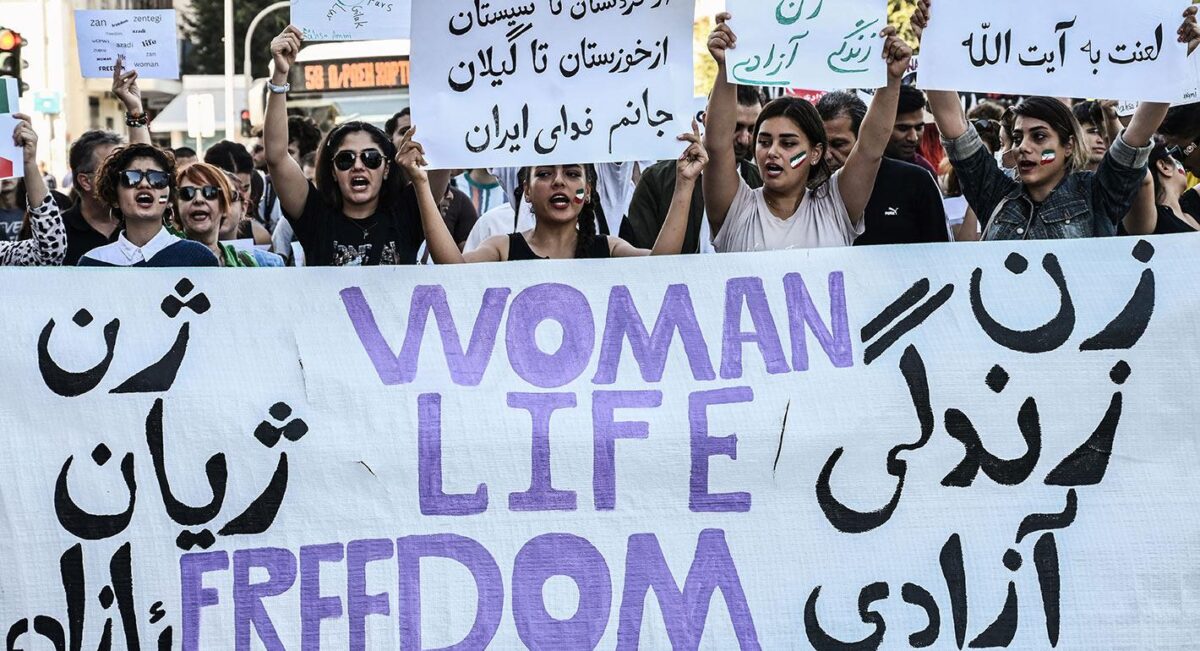Enforcing strict laws to make women wear Hijab and punishing women for not following Hijab Laws is becoming a rising issue in Islamic countries. While the controversies surrounding Hijab Law hit the headlines, the UN has also criticized Iran’s take on this Hijab Law.
The United Nations said on Friday while expressing concern about recent attempts to monitor and punish Iranian women, as young as 15 years old, who disobey Hijab Law mandated and refuse to wear headscarf.
The Human Right Office of UN also raised alarm about a draft bill on “Supporting the Family by Promoting the Culture of Chastity and Hijab”, which would impose harsher penalties on women not wearing Hijab in public.
Jeremy Laurence, a spokesperson for the office stated during a press conference that, “authorities, whether they are plainclothes police or police in uniform have been increasingly imposing Hijab Bill in recent times.”

He further said, “Numerous reports have been published regarding the widespread arrests and mistreatment of girls and women, which particularly include those aged between 15 to 17.”
Iranian Police announced in mid-April that they would be intensifying checks on Hijab compliance, citing a rise in violation of the law.
Laurence mentioned that many businesses, including cafes and restaurants have closed for failing to enforce Hijab rule, with surveillance cameras being utilized to identify women not wearing it.
Following the death of 22- year-old Mahsa Amini in custody in 2022 after her arrest for allegedly violating Hijab rule, more women have started to reject the veil, leading to violent protests against the government.
On April 21, the head of the Islamic Revolutionary Guard Corps in Tehran announced the establishment of a new body to enforce existing mandatory hijab laws, adding that the guards have been trained to do so more rigorously in public manner.
Although the final version of the draft has not been made public, the earlier draft proposed harsh penalties for those who are breaching the dress code law which included, imprisonment up to 10 years, floggings and fines, which Laurence insisted to be abandoned.
The Human Rights Office also demanded the release of a rapper who was sentenced to death for supporting the protest sparked by Amini’s death.
Why are Iranians protesting for Mahsa Amini?

On September 16, 2022, an Iranian woman named Mahsa Amini died unexpectedly in her early 20s, while being in the custody of Iran’s Gasht-e-Eshad who is also known as morality police. The police held Mahsa for not wearing Hijab and it sparked nationwide protests in Iran. The protests, fueled by deep-seated grievances stemming from government’s ongoing negligence, have adopted a strong slogan “Women, Life, Freedom” as means of expressing their collective discountent.
What is the history of Hijab Law in Iran?
The term Hijab is adopted from Arabic, which originally meant cover. However, it’s meaning evolved over time to encompass various types of covering. Since 1970 the word has been used to describe clothing such as, long-sleeved pants, cloths and scarfs to the preferred dress code of the Islamic government, known as chador. The chador is loose-fitting cloth which covers the whole body.
In the past 90 years, two contrasting ideologies have attempted to regulate women’s attire and covering of their hair and body. The first instance of legislation concerning Hijab occurred in 1936 under the rule of Reza Shah (1925-1941). The monarch issued an ‘unveiling’ order, compelling women to remove their veils in public. Influenced by Mustafa Kemal Ataturk, the Turkish leader, Reza Shah aimed to modernize Iran and alter the clothing choices of Iranian women.
Between 1941 and 1979, there was no specific law dictating women’s attire. However, many women continued to wear headscarves, either as a form of protest against the monarchy or due to societal constraints imposed by patriarchal values like honor (namus).

The concept of Hijab law was introduced during the Islamic revolution in 1979. On March 8, 1979, numerous Iranian women took to the streets, demonstrating against the imposition of mandatory Hijab. They advocated for, “freedom of choice in clothes.” From April 1983 onwards, wearing Hijab became compulsory for all Iranian women. This law was later extended to non-Muslims and foreign visitors in Iran.
Over time, Islamic government implemented more strict laws to enforce headscarf law. In the 1990s, criminal penalties were introduced for those who violated the law, ranging from imprisonment to fines.
However, a shift in the enforcement of women’s dress code occurred in Tehran in January 2018. Under a new decree, women who did not adhere to the Islamic dress code were no longer subjected to fines or imprisonment. Instead, they were required to take educational classes on Islam. This marked a change in the approach to policing women’s attire.
However, a shift in the enforcement of women’s dress code occurred in Tehran in January 2018. Under a new decree, women who did not adhere to the Islamic dress code were no longer subjected to fines or imprisonment. Instead, they were required to attend educational classes on Islam.



